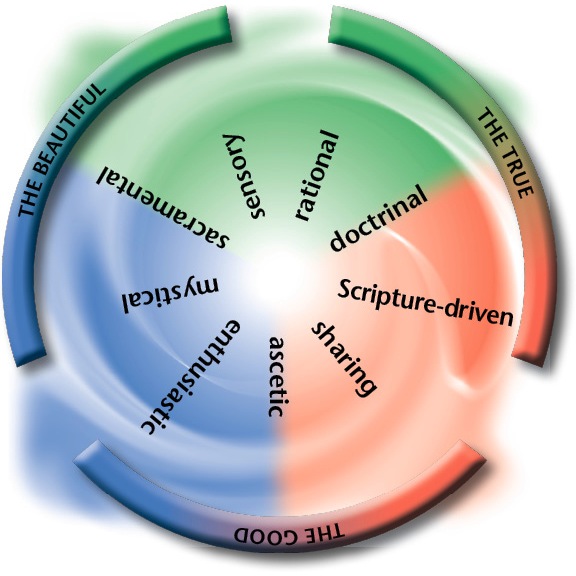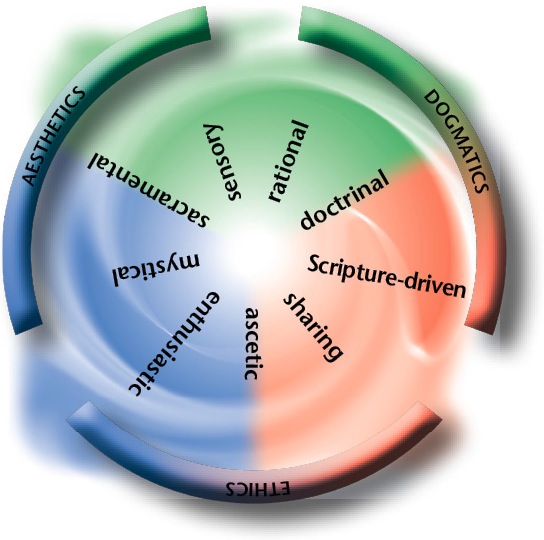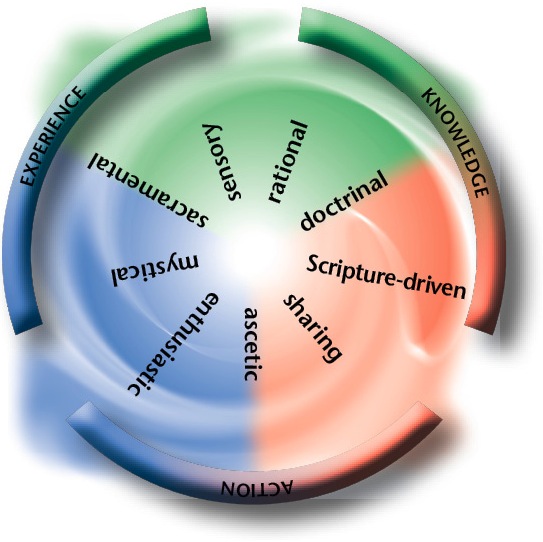T
he process of spiritual growth, as outlined in this book, is certainly not easy. Why should we get involved in it? Because we human beings—all human beings—have been created such that it is not enough for us to have our superficial needs met. Because all of us have the built-in desire to transcend our current state. Because all of us are programmed for spiritual growth. When this does not happen, we become dissatisfied, we may even
get sick.
Abraham Maslow has become famous for his hierarchy of human needs, in which he distinguished so-called basic needs (among them, security, power, and self-esteem) from each other. Less known is that Maslow also spoke of so-called meta-needs, which he also called B-needs (for being). These meta-needs include the desire for the True, the Good, and the Beautiful. If these meta-needs are not met, human beings will get just as sick as if their basic needs remain unfulfilled. Maslow calls these diseases “meta pathologies” and defines them as a consequence of the “deprivation of B-values.”
 The three major motivators: Seeking the True (green-red), the Good (red-blue), and the Beautiful (blue-green). In this diagram the three desires are the fixed points, the three colors are the spaces in between.
The three major motivators: Seeking the True (green-red), the Good (red-blue), and the Beautiful (blue-green). In this diagram the three desires are the fixed points, the three colors are the spaces in between.

 Description of the three style families, which derive from their orientation toward the True, the Good, and the Beautiful. The focus of the dogmatic style family is knowledge; the focus of the ethical style family, action; the focus of the aesthetic style family, experience.
Description of the three style families, which derive from their orientation toward the True, the Good, and the Beautiful. The focus of the dogmatic style family is knowledge; the focus of the ethical style family, action; the focus of the aesthetic style family, experience.
WWhat are the main things that bring meaning to your life? Do they tend to more represent the good, the true, or the beautiful?
Further topics in the above chapter of the full version of the book
Different motivations - People are looking for meaning - Three kinds of knowledge - Desiring the True - Desiring the Good - Desiring the Beautiful - The interrelationship of the three

